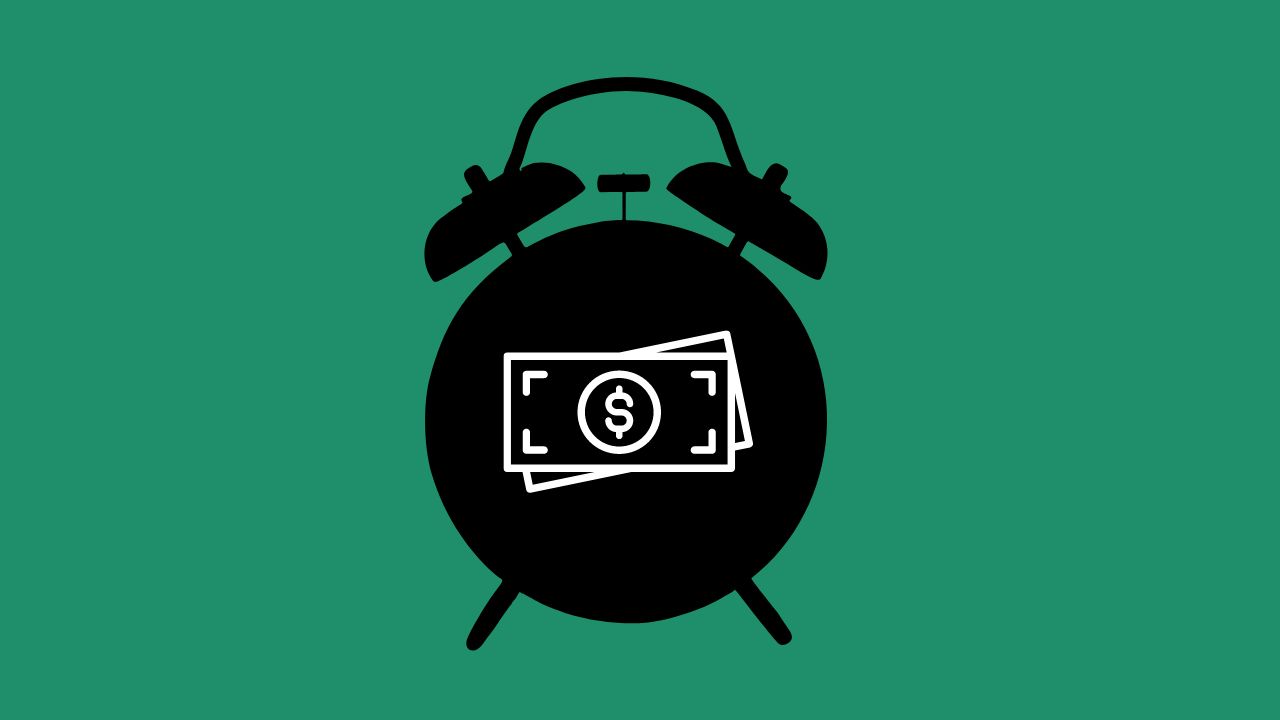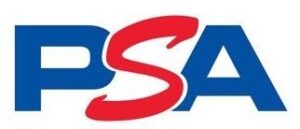
At what point in the process are you charged for card grading by the biggest grading services, like PSA, SGC and Beckett?
Well, grading companies operate slightly differently in terms of when they charge you for their card grading services; You’ll either be charged upfront or once the grading is done and the card is being shipped back.
This post runs through everything you need to know about when you’ll be paying BGS, SGC or PSA for card grading.
Table of Contents
When Does BGS Charge You For Card Grading?

BGS grading won’t charge you for your submission right away, you’re charged when they’ve received the cards, reviewed them, and started the grading process, so it’s usually within a week or two of them receiving the cards – Your payment details are required upfront, though.
When Does SGC Charge You For Card Grading?

SGC grading takes payment for their grading services upfront.
SGC’s stance is that it benefits the customer by charging before the grading process has begun, because they know exactly what they’ll be paying, and there’s no chance of further costs being added because of a service level upcharge etc.
However, the negative is that a customer’s money is tied up in those cards for the duration of the process in which it takes to send, have them graded, and shipped back – As I’ve already mentioned, it can be a lengthy process.
When Does PSA Charge You For Card Grading?

PSA grading charges you for your card submissions after the grading process has been fully completed, and they’re about to ship the slabbed cards back to you.
Your payment method and details are required during the initial submission request process, but payment isn’t actually taken until after the whole process has been done.
Why Don’t PSA Take Payment Straight Away?
It might seem a bit unusual to pay after grading has been done, instead of before, because after all, you normally pay for products and services upfront – If you buy a box of sports cards online, for example, you pay for what you order, and they send the product out; So let’s discuss why it’s different with PSA’s card grading services.
It’s partly to do with the length of time that the process takes – PSA are obviously aware and conscious of the fact you might pay for their service and then wait months to receive your cards back, meanwhile if you’ve paid upfront, your money is tied up in those cards while you wait.
Card grading can get costly, especially if you’re submitting and sending cards in bulk for grading. That’s money that can be earning interest, or being used elsewhere while the lengthy process is in progress – You get the point.
PSA must also review your cards when they receive them, to authenticate and ensure they’re able to actually grade them – Even poorly packaged cards can be a reason they reject and send back cards ungraded. Not charging customers upfront saves the hassle of refunds, in these cases.
Finally, another reason PSA charges after they’ve graded your cards is because of the potential change in the cost, based on the declared value of the card or cards you’ve submitted.
Essentially, the grading level you select for submission might be up-charged if you declare a maximum value for a card which PSA considers too low, upon review of that card – They will contact you for approval of the new fee, if that happens.
What Does ‘Declared Card Value’ Mean?
Declared value is the estimated value of a card after it has been graded by PSA.
So, for example, let’s say you have a sports card that is worth $100 ungraded, and you expect it to achieve a grading from in the region of a PSA 8 or 9 – Well let’s say that card is worth $2,000 in a PSA 9 – $2,000 would be the declared value.
PSA has multiple card grading service levels, which get more expensive based on not just quicker turnaround times, but also once a card’s declared value passes a specified threshold, it must be submitted for grading with a more expensive service level.
How To Determine A Card’s Declared Value For PSA
There are three steps to determining a card’s declared value:
- You have to review the condition of the card.
- Next you need to estimate what grade you think the card will achieve based on its current condition.
- Finally, you need to look up the average market value of that card in the grade you’ve estimated.
Let’s discuss how you can go about doing those three steps.
There are four categories that grading companies consider when reviewing a card’s condition:
- Centering
- Corners
- Edges
- Surfaces
Have a look at these areas of your card and check for any damage, bending or discoloration.
Once you’ve got an understanding of your card’s condition, and you’re aware of any imperfections, it’s a good idea to read through PSA’s grade definitions, with pictured examples, to help estimate the grade it’ll achieve.
Now you’ve got a rough idea of what you think the card will grade with PSA, it’s time to check the market value.
There are tools like PSA Auction Prices Realized, Market Movers, or even eBay’s previously sold items filter, to search for a rough value of the card you’re submitting, in the grade you estimate it’ll achieve.
Ideally, it’s best to take a look at the most recent sale prices, and take an average.
If you’ve checked all of those tools, and you can’t find data on your card, you’ll have to search for a similar card – Maybe a card from the same set or year, and a similar scarcity level.
Again, PSA will contact you if they feel you’ve valued incorrectly, and they’ll ask for your approval before they proceed at a more expensive service level. If that happens, the bad news is you’ll be paying more to have the card graded, but the good news is it’ll be worth more than you originally thought.
What Happens If You Can’t Pay PSA?
Although you have to supply payment details when doing the initial submission request for PSA, they might have issues taking payment after they’ve graded the card – If that happens, they won’t post the grades or ship the cards back to you, until that is resolved, and the payment is settled.

